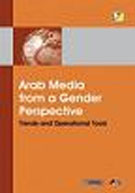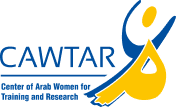Arab Media from a gender perspective : Trends and Operational Tools: 2009

Published in 2009 under the second phase of the Program of Gender and Arabia media. It draws on the most important findings of the three reports of Arab Women Development “Arab Women and media : an Analytical Study of Research Conducted between 1995 and 2005” based on the conclusions and major recommendation that emerged from various conferences, research efforts and related initiatives in the Arab region.
The strategic document aims to establish fair information practice based on equality, balance and diversity in terms of image and professional practice, through two levels of intervention which involve confirming the principle of diversity of women’s image in the media and establishing the principle of professional parity in media organizations.
To facilitate the process of using it by targeted sides, including essentially workers, major players and decision – makers in the media, men and women, in addition to all the institutions related to information from ministries, supervising bodies, unions and specialized research centers… The document contained four main parts.
The first part focused on the strategic document and the course of its preparation and terms of reference and foundations on which it relied. The second part dealt with the conceptual framework of gender and how to draw on it the Arab media system, while the third part provided the strategic vision and objectives of the document and the levels of its intervention. As for the fourth and last part, it was devoted to tools designed to activate the strategic document. It is a set of practical tools proposed by the document to be applied and implemented by targeted sides and includes grids to analyze women’s image in the media, the media parity index and the code of ethics of journalism from a gender perspective.
The strategic document was released with the support of the United Nations Development Fund for Women (UNIFEM) and the Arab Gulf Program for Nations Development Organizations (AGFUND).
(Publication is in hard copy at CAWTAR)
Return
